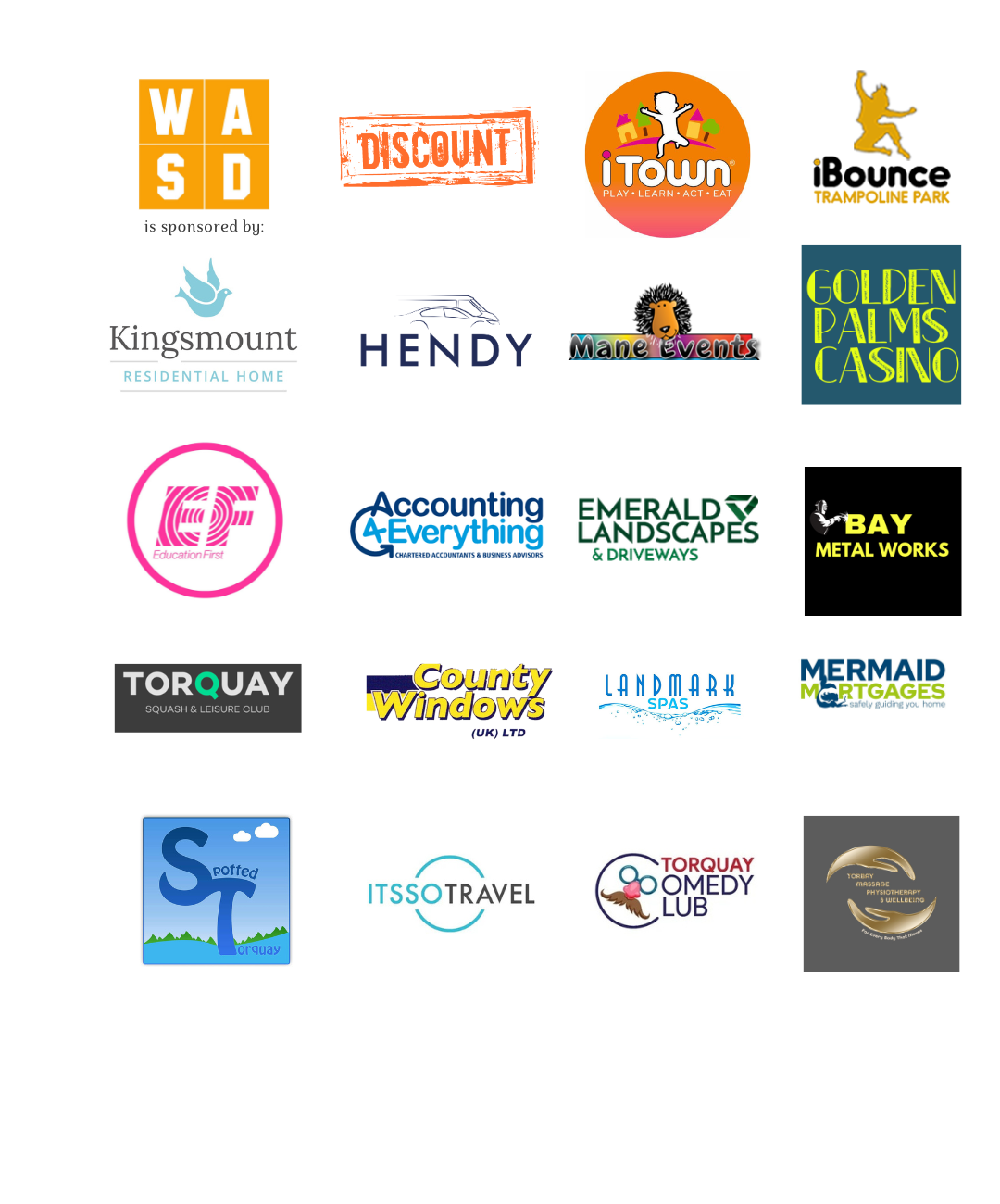South Devon parents are urged to be aware of key signs that suggest their child is hiding their poor eyesight.
Recent research by Specsavers shows that nearly half of (47%) South West parents who took part in the survey worry that their child is covering up issues with their eyesight.
Common behaviours most reported by parents with children aged six to 15 to suggest that they might be having sight issues include their child sitting too close to the TV (54%), frequent complaints of headaches (60%), always sitting at the front of their
class (60%) and delaying bedtime to avoid reading (46%).
However, more than half (56%) of parents admit to overlooking these behavioural signs, with 51% saying they have never considered their child might need glasses.
Specsavers Clinical Services Director Giles Edmonds says: “A lot of parents assume that because their child doesn’t display any signs of a vision problem, there’s no need to have their eyes tested.
“However, this couldn’t be further from the truth. Ensuring your child has regular eye examinations from an early age is incredibly important for several reasons. Given more than 80 per cent of our learning, cognitive and social abilities are facilitated through our sight, it’s extremely important to your child’s overall development.
“Poor eyesight can cause learning and behavioural problems. Conditions such as squinting and amblyopia (lazy eye) can be treated more effectively if they are picked up earlier, which could make a huge difference to your child. Lastly, an eye test doesn’t just check vision. It can also detect other underlying health conditions.”
The study shows that this might be because more than one in three (39%) parents prioritise other health appointments for their children over eye health checks, with doctors’ appointments (63%), the dentist (65%) and vaccinations (65%) taking priority.
This is not a new phenomenon. Three years ago, the issue was brought to media’s attention by former singer and presenter Rochelle Humes, who candidly shared her experience about her daughter’s eyesight issues. On social media, she explained how her seven-year-old had been complaining about her
eyes, but she admitted to overlooking this, thinking her daughter was stalling before bedtime.
In a statement, she said: “Alaia has been complaining aboutbher eyes and that she wants to sit at the front of the class with her friends so she can see better. She also says that her eyes are blurry every time it’s time to go to bed.
“I honestly have been dismissing it. I thought she was stalling going to bed and wanted to sit at the front of class so she could gossip with her best friends. Turns out I was wrong. She needs glasses … How do I feel? Awful.”
Today’s study further identified that the average age at which a parent first takes their child to the optician is six years old, with half (50%) going for a routine check-up and nearly a quarter (24%) going if they have a family history of eyesight issues. Meanwhile, nearly a quarter of parents (23%)
admit to only going if their child’s teacher advised them to.
This is despite experts at Specsavers recommending children have their first eye test at
Among the reasons for not booking an appointment sooner, more than two-thirds of parents (70%) said they didn’t think their child had any issues with their vision, while 40% assumed that they were conducted at school.
Overall, 17% of South West parents said they don’t feel very informed about the importance of eye health for children.
Specsavers spokesperson Dr Nigel Best outlines the top tell-tale signs of potential vision problems to look out for in children:
The Eye-Rub
Maestro: Eye rubbing is a sign of tired eyes at any age. If you
notice your child rubbing their eyes while focusing on an object, it could
indicate eye strain, which could be due to an uncorrected vision problem.
The Reading
Rebel: If your child is reading below their expected level this could be a sign of several vision problems. Children who have issues with their eyesight may also repeat the same line twice, lose their place or use a finger to guide their eyes. Holding books or devices at a distance can support
long-term eye health – keeping these items at a length of their knuckle to their elbow is a good guide, as holding them too close can be problematic.
The Eye-Strain
Star: Sometimes there are physical signs such as straining eyes, closing one eye or holding objects too close or too far away. If kids are straining to see the board at school, they may also get frustrated which can mean they are disruptive in lessons. All these things can indicate problems
with vision.
The
Headache Hero: Your child might experience more headaches, especially when reading. When you look at objects or screens at close range, the muscles in and around your eyes need to work harder to focus. Over time, these muscles can get sore and tired. Similarly, squinting for a long period
may tire the muscles around your eyes, which can lead to headaches.
The Head-Tilter: If your child has perfected the art of tilting their head to read a book, it’s a sign that they might be hiding issues with their eyesight.
Close
Encounter Enthusiast: If your child makes a habit of sitting too close
to the TV, this could be a sign that they are struggling to see the details.
Sitting too close to the screen could in turn cause additional eye strain.
The Pirate
Poser: If your little one is often seen closing one eye when completing tasks, they may be doing this to favour their stronger eye and could highlight an uncorrected vision problem.
The
Teacher’s Pet: Sitting at the front of each class to get a good view of the board could be a sign that your child is struggling with their vision.
To find out
more about children’s eye tests, visit
[http://%20specsavers.co.uk/eye-test/childrens-eye-test]specsavers.co.uk/eye-test/childrens-eye-test

You can join us on our social media pages, follow us on Facebook or Twitter and keep up to date with whats going on in South Devon.
Got a news story, blog or press release that you’d like to share or want to advertise with us? Contact us




























